Interview Cambridge Industrial Design

- Alex Jones
- audio equipment
- CAD
- Cambridge
- Cambridge Industrial Design Ltd.
- camera equipment
- China
- CVs
- design consultancies
- designer
- Dieter Rams
- direct modelling software
- driver
- driver technology
- electric fence
- Embody 3D
- General
- Iguzzini
- Illustrator
- industrial design
- Industrial Designer
- job seekers
- John Colyer
- lab equipment
- lab robot
- local manufacturing base
- loudspeaker driver
- Managing Director
- manufacturing
- manufacturing processes
- manufacturing shows
- Martin Gibson
- oil-can-in-the-style-of-a-car project
- Pan
- personal and flexible design solutions
- Peter Harries
- portfolio
- produce products
- Richard Sapper
- Rob Thompson
- South Bank university in London
- speaker
- specialist
- Sydney
- Tilt
- Tilt Head
- Tilt head for film cameras
- understanding
- United Kingdom
- volume products
- work
This week we had the pleasure of talking to Alex Jones, Managing Director of Cambridge Industrial Design. Cambridge Industrial Design is one of the leading design consultancies in the UK offering personal and flexible design solutions to its clients utilising the latest in rapid design, concepting and prototyping. In this interview Alex outlines some of the challenges of manufacturing in China as well as unloads a whole bunch of wisdom to you first-time industrial design job seekers out there….yes all of you! For more information about Cambridge Industrial Design please check out: http://www.cambridge-industrialdesign.com/!
Interview by Martin Gibson – @embody3d @martingibson – 13.08.2010
General Questions
Hi Alex, welcome to Embody 3D and thank you for taking the time to talk with me today. To get started could you please give me a quick introduction to yourself and Cambridge Industrial Design?
I am an industrial designer based in Cambridge, UK. I have been a designing stuff since I graduated in 1994. I am currently the managing director of Cambridge Industrial Design Ltd. I have worked on lots of interesting projects from a PA system for Fender to a two ton lab robot for sorting DNA samples.
I have always wanted to design audio equipment that would of been great doing work with Fender! Are there any industries you design for in particular?
I am always open to new challenges but our main areas are consumer, industrial kit, lab equipment and Pro A/V equipment. Having said that I have designed electric fence energisers, motion capture suits and anything in between. It is very healthy for a designer to get involved in a broad range of stuff.
Wow that is quite a variety! Are there any particular areas of industrial design that you focus on?
I view it as essential to provide support from start to finish if required so I don’t stick to a sub-discipline. For example we have always been asked to provide mechanical design support – small catches, hinges etc. If there is anything outside our area of expertise then we get a specialist in. About 90% of our products get made and helping to oversee production is very important for us.
You also have a really interesting blog with some educational articles at http://camindustrialdesign.wordpress.com/ is this something you use to encourage workplace learning, a way to give back to the design industry or is it more of a way to outreach and connect with other designers?
Thanks for the compliment but I must admit to not keeping it up-to-date recently! It started as a way to communicate what we are up to. I write about whatever I am interested in not only my own current projects but also developments in manufacturing or design. My hope is just that others will find these things as interesting as I do. Coming soon is a list of what we look for in portfolios inspired by getting a lot of CVs. Any other suggestions greatly received.
Student-Related Questions
How did you make it into the design industry? Did you undertake any course or partake in any formal education?
I did a 4 year BSc (hons) course at South Bank university in London but the 1 year placement in Sydney with a small manufacturing company was the main highlight. Abberfield Technology was a really great education (I returned for another few months after I graduated it was so good!). Once I had experience of manufacturing I felt I was in a much stronger position. But having said that I still put most of it down to luck – it still took a while to get a design job once back in the UK.
When a student submits their portfolio/CV at Cambridge Design, what do you look for in an applicant? Alternatively do you have any pet hates or information students should avoid in their portfolios?
I am interested in how you think through design problems and how production can be applied. Also how open they are to other views and willing to learn. Being humble when approaching a project is a good way to be however experienced you are.
The main thing I focus on is how the idea has been developed, are they good at problem solving? You can produce some amazing images but if the customer picks something that can’t be made you have a problem… I know some designers like the abstract nature of student projects but I prefer to see that someone has at least started to think about the insides of the thing. Otherwise, to me, its meaningless.
My six portfolio tips are: • Small portfolio – 3 or 4 projects (I suggest maybe 2 pages per project). You need something left to show at the interview! • A project that is original and personal (not a standard project from your course) always goes down well. If I don’t see another oil-can-in-the-style-of-a-car project it will be too soon… • Show the thinking behind the design – not just a CAD or marker rendering. eg. exploded views card models and rough sketches. Anything that clearly shows the way the product works is great. • Show some understanding of production processes and materials. A big plus in our view. • Clean layout – minimal backgrounds please, please, please. It makes our eyes hurt otherwise. • Put your best work FIRST! (or we may get bored…) • Please, PLEASE take time to find out who you are writing to and about the company you want to work for.
I couldn’t agree more about the importance of being humble and showing a willingness to understand other peoples views. This is something that I have certainly struggled with in my first design jobs! Do you have any general advice for students who are studying industrial design?
Get an industrial placement with a manufacturer. Get some work experience with a manufacturer. Note – not a design consultancy. I find the lack of understanding and experience of manufacturing a big problem. We are paid to design things using manufacturing processes (hence Industrial Design rather than just drawing pictures) so we must be able to advise customers on materials and understand how manufacturing processes influence our design. Get ‘Manufacturing Processes for Design Professionals’ by Rob Thompson – a great introduction to the subject.
Also get on the internet and get your face known on network sites like LinkedIn, twitter etc. (even write a blog). Ring people up and maybe get some feedback on your portfolio. Contact suppliers to help you add more realistic detail to your projects. Visit trade shows to understand design – manufacturing shows, design shows.
I remember while completing my major project at university I approached one of my primary suppliers for the project and he recommended a whole list of fasteners to make my design come to life. I couldn’t help being embarrassed at the complete blank look he gave me as he realised I had no idea what he was talking about. It’s so important to understanding materials and processes and like you said, we get paid to make things happen, not just to spurt out ideas.
Design-Related Questions
Are there any mentors that have guided your design philosophy to date?
My old bosses John Colyer at Abberfield Technology and Peter Harries at Cambridge Design have both been great sources of knowledge and wisdom. Peter started as an industrial designer in 1976 so a wealth of experience!
Are there any mentors that have guided your design philosophy to date?
As for iconic designers I like Richard Sapper (the daft spaghetti fork or the great 9090 cafetiere) and also Alessi for the general sense of fun and quality. Companies like Iguzzini (an Italian lighting company) produce products full of geometric purity – something I always admire. Someone who has been profiled a lot lately, Dieter Rams, certainly embodies this approach of simplicity. I think his ten principles of design are an excellent check list.
What software do you use to build and render CAD models at Cambridge Design? Is there a particular reason why you use these programs?
Solidworks since 1998. Mainly because I find its easy to use. Also most of my customers seem to use it. Tempted by the new direct modelling software though….
Does sketching and hand rendering still have an important role to play in your design process?
Sketching is an integral part of developing ideas, especially early on. Hand rendering with markers however is not done very much at CID. Illustrator or CAD rendering provides the customer with great images but obviously this grows out of the sketch work.
What are your thoughts on the current state of the design industry in the United Kingdom? Has it changed? Where is it heading?
I think it is as healthy as ever. Lots of different companies are offering different capabilities. The UK has always had a good number of small studios like ours and I think that helps to keep things vibrant. I see flexibility as critical and it is becoming an ever more sought after quality by companies.
Could you tell me about some of your latest projects and focus at Cambridge Design?
Motion Capture Suit
I have recently completed work on MotivePro – a Motion Capture suit. It is for a small start-up company so it will be great to see how the product (and company) grow over the next few years. This is a fascinating product with some interesting challenges. The main one being how to mount the sensors on the body and make them stay there. The design involves a set of ‘nodes’ attached to the body via neoprene straps and a control ‘hub’ mounted on the chest (think IronMan!). The ‘hub’ feeds the positional data wirelessly back to a computer. The exciting thing is this product is intended for a whole host of uses from music production to dance and maybe even computer games.
Pan & Tilt Head for Film Cameras
We have designed camera equipment for a UK company for many years and we have just finished refreshing a Pan & Tilt head for film cameras. This product needed a real blend of mechanical and industrial design. It is wonderful to see how products develop over many years and work with a company that takes design so seriously; their in-house team have produced some great products as well.
Balanced Mode Radiator Loudspeakers
These speakers are a new way of producing amazing sound using established driver technology with a twist and were developed in the UK. We helped to produce early assemblies of a driver unit in close cooperation with the inventor. This was all about design for effective assembly and manufacture – a loudspeaker driver is mounted inside a speaker so not seen by the consumer. Working on ground breaking stuff does make the job very interesting!
I hear that you also offer your clients the opportunity to manufacture their products in China. What are some of the unique challenges and rewards from working with Chinese manufacturers that you’re networked with?
Challenges? This could be a long list…
I think for me the main are issues are around communication and quality. Many Chinese suppliers have had it good for the last few years (we started using them about 12+ years ago) but now the market is more competitive some are struggling to adapt. Just being cheap is no longer good enough. Customer service is the most important focus (just like industrial design) but many are failing to step up their service. Their ability to become opaque when you need to sort an issue out can be frustrating…
Quality has always been an issue but I don’t think its worse than anywhere else really. It’s just harder to keep on track for customers due to the geography. Particularly now with the economic situation production in China comes with a lot of subtle pros and cons. It’s not always the solution. Whatever you do we always suggest it is good to meet the supplier in person – it’s a vital relationship that has to work. These issues along with the fluctuating price advantage (especially in low volume/high value cases) can mean that our local manufacturing base starts to look more competitive.
The rewards? Well of course the cost savings for high volume products can be significant but the main saving we see is time in toolmaking. Also the suppliers we use out there are so enthusiastic, knowledgeable and responsive.
Alex thanks so much for taking the time to talk with us here at Embody 3D. Do you have any last thoughts for the Embody 3D readers?
If you have just graduated and love industrial design – stick at it. It may take a while to get a design job but its worth the wait.
Thanks Alex once again! If you would like to find out more information about Cambridge Design don’t forget to check out their website.
Embody 3D is proud to promote and support industrial designers and consultancies from around the world. If you would like to be featured on Embody 3D’s interview section, please send an email to [email protected]!


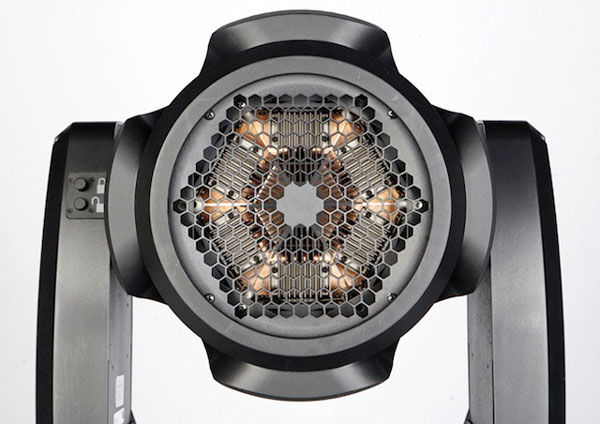
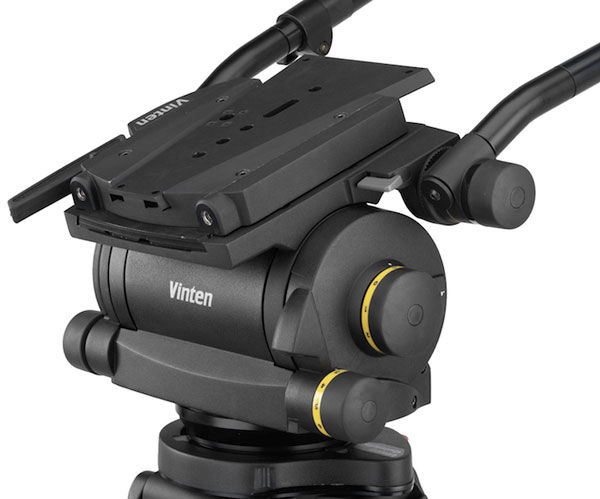
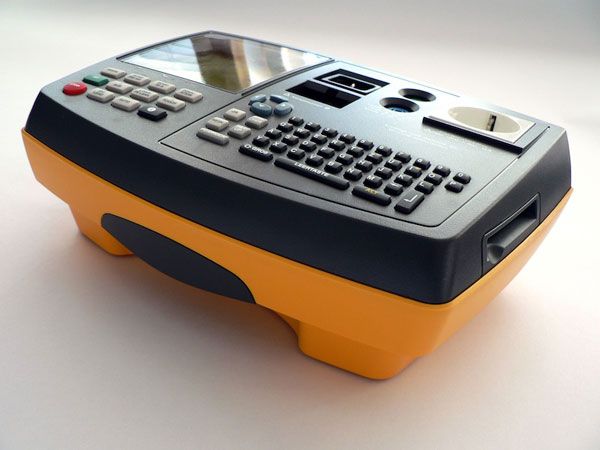
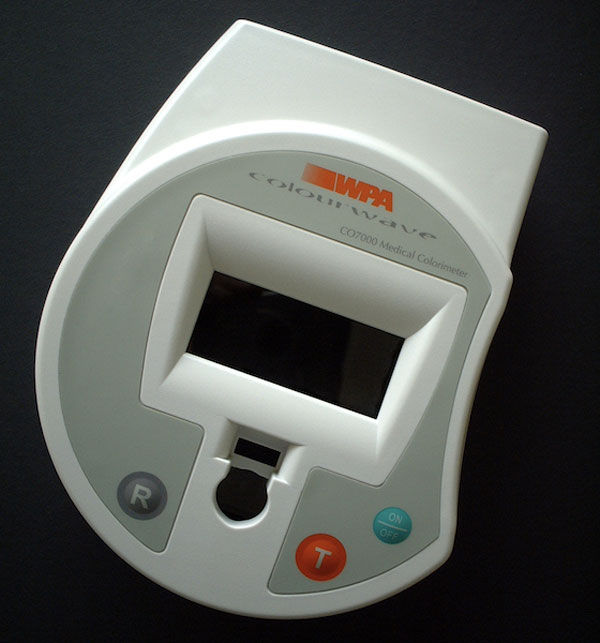
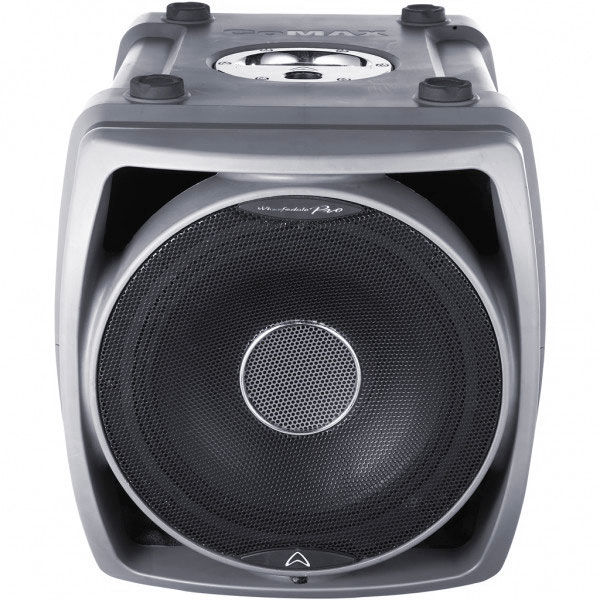
1 Comment
[…] This post was mentioned on Twitter by Embody 3D and Martin Gibson, Martin Gibson. Martin Gibson said: #Interview Cambridge Industrial Design http://goo.gl/fb/bYhOz #featured […]